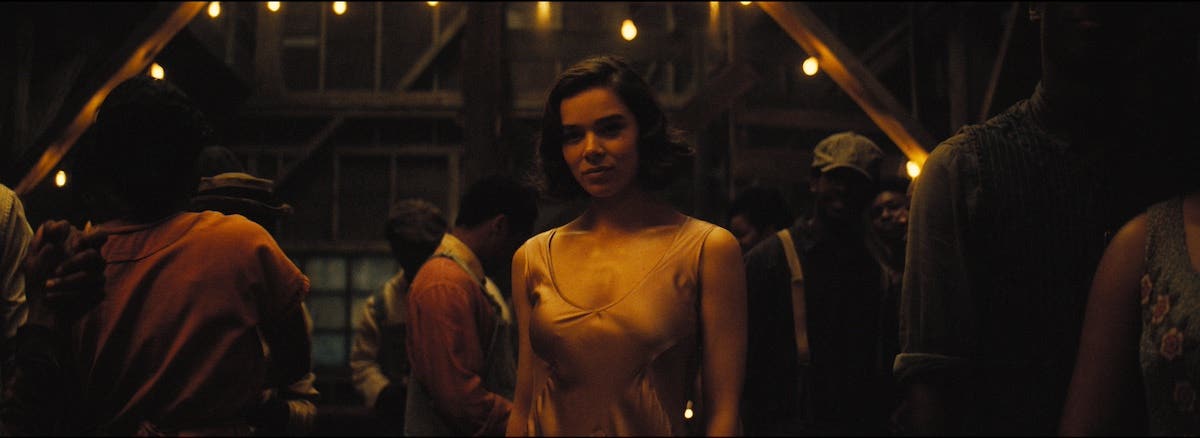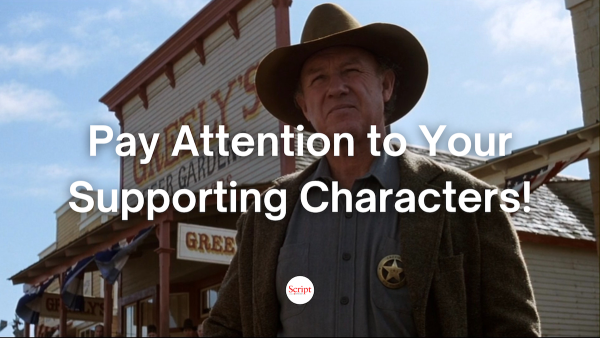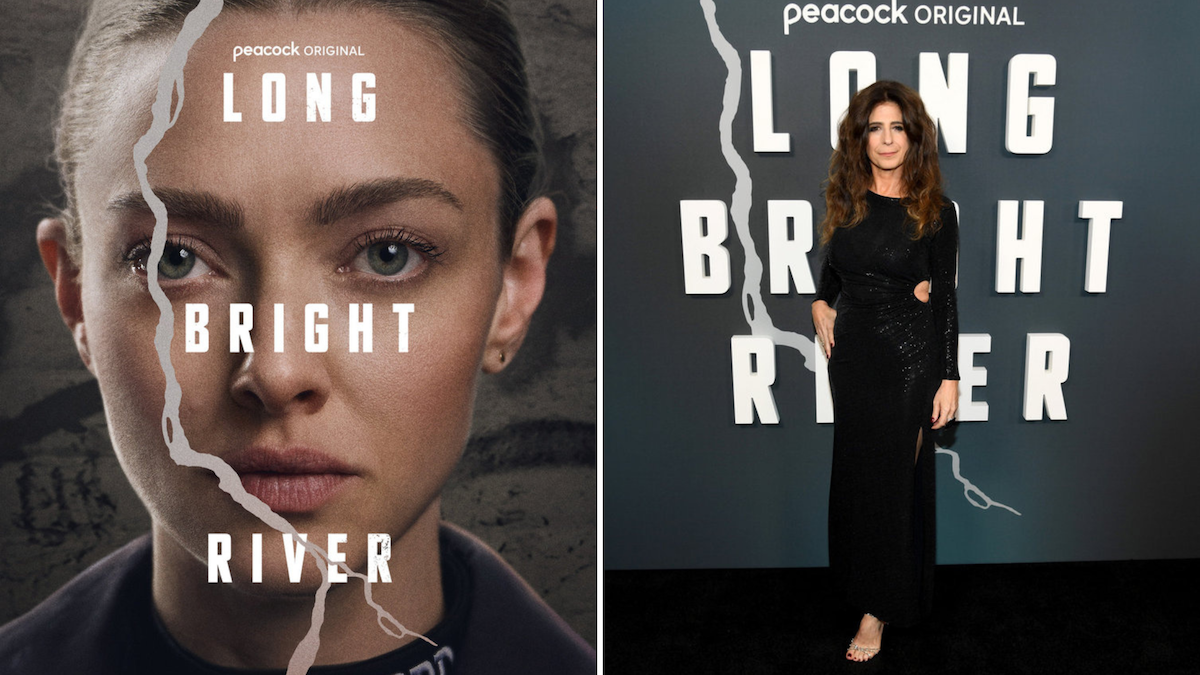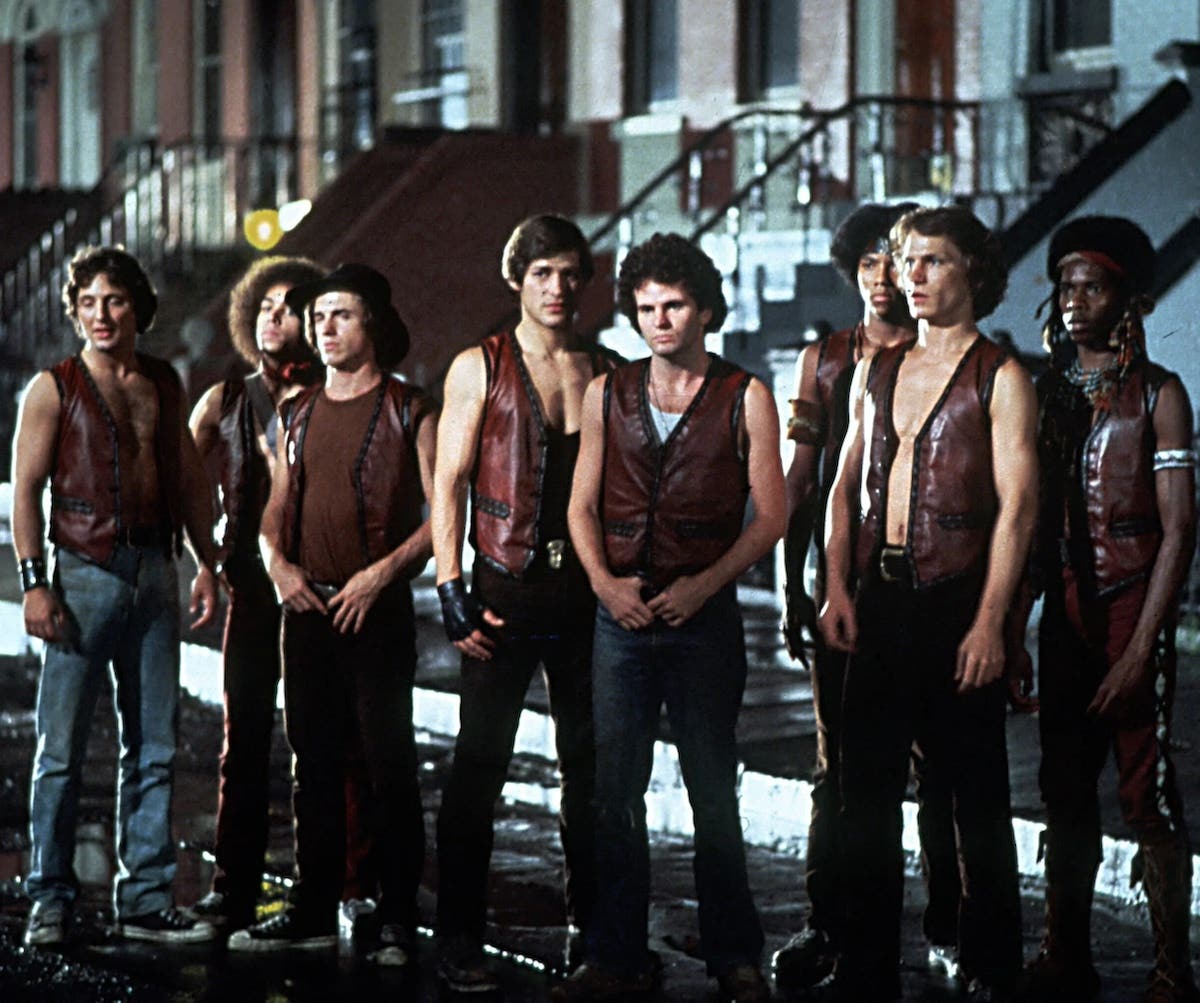Column D: Writing Exposition… and Two Camels
If you watch a lot of movies (and read a lot of screenplays), you undoubtedly have noticed the frequent use of foul language in them. So-called “dirty” words have been…
If you watch a lot of movies (and read a lot of screenplays), you undoubtedly have noticed the frequent use of foul language in them. So-called "dirty" words have been a part of our movie culture since the early '60s. Except for kids' movies, you can hardly watch a movie these days without encountering a few choice words.
That said, I want to talk to you today about the dirtiest word in all of screenwriting –
Exposition.
I’m joking of course. Sort of. Over the years, the word “exposition” has developed a decidedly negative connotation when it comes to screenwriting. In my opinion that’s unfair. You see, there is nothing inherently wrong with “exposition”. Every single script/film has exposition in it, so how can it be bad?
The problem is that the simple word “exposition” is often confused with the real culprit - “bad exposition.” As I said, every script/film, including every Oscar winner, has exposition in it. The difference is that they don’t ordinarily have “bad exposition.”
Let’s start with the basics. What is it? Exposition is, simply put, information that the audience needs to know in order to fully understand and appreciate the film. Every film requires information be given to the audience in order for it to be understood and followed. Failing to provide that information would lead to confusion, and confusion is the kiss of death for a film.
If exposition in and of itself isn’t bad, then what makes it bad? Simple. It’s all in the delivery. Humphrey Bogart has been famously quoted as telling a director, “If you’re going to give me something expository to say, you better have two camels f-ing in the background.” A memorable quote if there ever was one. But what did he mean?
Bogart was simply saying that exposition is best when it is disguised or given in such a way as not to call attention to it. Good exposition goes almost unnoticed except to seasoned screenwriters and film makers. Bad exposition sticks out like the proverbial sore thumb. I maintain that bad exposition is like porn, you can’t quite define it, but you know it when you see it. Or hear it, more precisely.
For example, whenever a writer has a character tell another character something they already know or should know and fills that dialogue with facts and background information, all without prompting, that is bad exposition. We don’t talk that way. We don’t tell each other things we already know. We don’t talk to one another in encyclopedic fashion.
That leads to one of the first recommendations I have with respect to providing exposition: give as little as possible and spread it out over the course of the story. If you do that, you’ll create mystery. You’ll also involve the audience. They’ll have to think, which means they’ll have to participate in the story. Audiences love it when they are called upon to participate. As the legendary director Ernst Lubitsch once famously said: "let the audience add up two and two, they'll love you forever."
Exposition is also best when it appears to come out naturally in the context of some other action. This is the “disguise” Bogart was talking about. One way this is done is to have someone with partial knowledge of the topic seek some explanation from someone with superior knowledge. I say partial knowledge because if they have no knowledge whatsoever, there is the risk that it will sound like an information dump.
One of the finest examples of this comes in the original Raiders of the Lost Ark. It happens when the two government men come to see Indy at the college to ask him about Professor Ravenwood and his possible connection to the Nazis and their search for the lost ark. Go back and watch that scene and notice how the men have just enough knowledge to ask pertinent questions and participate in the gradual revealing of the necessary information. It’s brilliant.
Another method for revealing info in “disguised” fashion is an argument. Have two people who know each another quite well start an argument about something and watch how their past (back story) comes flying out. Sound familiar to any of you married folks?
Other methods of providing exposition are newspaper clippings, TV reports, radio broadcasts, resumes, interviews and award ceremonies. But these have all been used extensively. The sophisticated story receptor will see what’s coming a mile away. You always want to set yourself apart from other writers. This is one of the areas where you have that opportunity.
So whenever you find yourself in the position of having to give needed information to the reader/audience, challenge yourself to think differently and try to come up with some unique and unobtrusive way for that info to come out.
Short of finding a couple of randy camels.
Related Articles:
- More Column D articles by Drew Yanno
- Storytelling Strategies: The Puzzles in 'Silver Linings Playbook'
- Specs & The City articles by Brad Johnson
- Screenwriting the Dan O’Bannon Way
Tools to Help:
Drew Yanno began writing for film in 1993 and has been a member of the WGA since 1995 when he sold his script No Safe Haven to Universal Studios after a six hour bidding war. In 2000, Drew founded the screenwriting program in the Film Studies department at Boston College where he taught for eleven years. He is the author of The Third Act: Writing a Great Ending to Your Screenplay. His second book Idea to Story to Screenplay: a Workbook For Writing the First Draft of Your Screenplay is now available as a Kindle e-book on Amazon. Drew’s first novel In the Matter of Michael Vogel was released in March 2013 and was named one of the best Kindle Books of 2013 by Digital Book Today. In addition to writing and teaching, Drew also worked as a script consultant and served as an adviser to actor and producer Will Smith on a number of projects. Prior to becoming a screenwriter and screenwriting professor, Drew was a practicing attorney and taught law in the Carroll School of Management at Boston College. Follow Drew on Twitter @drewyanno.







